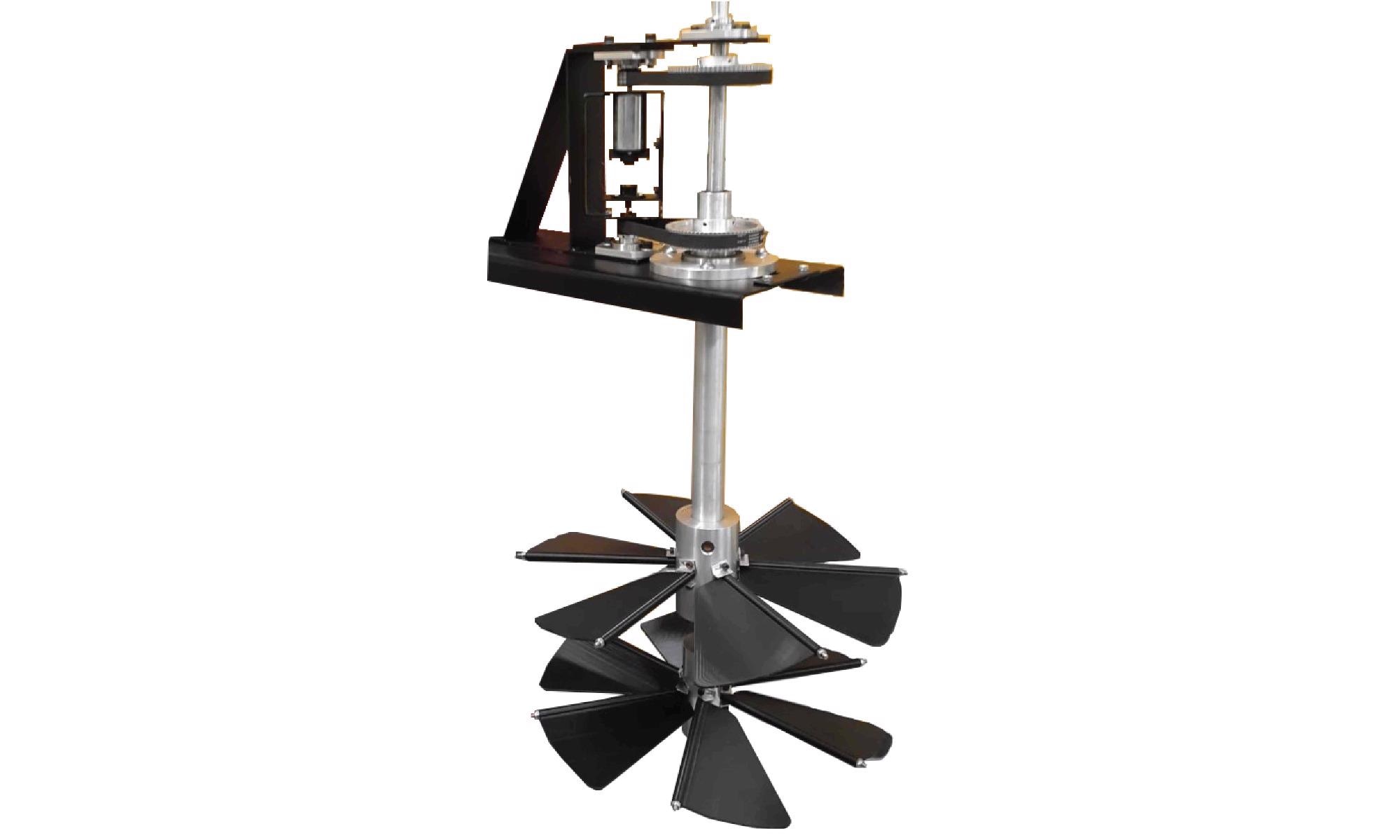Aug 18 2021Reviewed by Alex Smith
The unused potential of ocean wave energy is abundant. It is predicted that the power of coastal waves across the globe every year is equal to the annual worldwide electricity production.
 The prototype dual-turbine wave energy conversion technology. Image Credit: RMIT University.
The prototype dual-turbine wave energy conversion technology. Image Credit: RMIT University.
Australia has more than 35,000 km of coastline and is optimally located to utilize this power source. Assessments reveal that Australia has the potential to generate twice the present electricity output by using just 17% of its wave energy. However, the difficulty in developing technologies that can effectively draw the natural power and endure the rough ocean environment has kept the wave energy at an experimental stage.
A team of researchers from RMIT University has developed a wave energy converter that is twice as efficient at extracting power when compared to any similar technologies developed so far.
The study was published in the journal Applied Energy and the innovation depends on the world’s first dual turbine energy. According to the study lead researcher, Professor Xu Wang, wave energy is one of the most potent sources of reliable, clean, and renewable power.
While wind and solar dominate the renewable market, they are available only 20-30% of the time. Wave energy is available 90% of the time on average and the potential power contained in offshore waves is immense.
Xu Wang, Study Lead Researcher and Professor, RMIT University
“Our prototype technology overcomes some of the key technical challenges that have been holding back the wave energy industry from large-scale deployment. With further development, we hope this technology could be the foundation for a thriving new renewable energy industry delivering massive environmental and economic benefits,” Wang added.
How the Wave Energy Converter Works
Harvesting wave energy using a buoy-type converter called a “point absorber” is one of the most familiar experimental approaches and is perfect for offshore locations. This technology involves harvesting energy from the up and down movement of waves and is often cost-effective to make and install.
However, it must be accurately synchronized with incoming wave movement for efficient energy harvest. This is often done using an array of sensors, actuators and control processors, which makes the system complex and can make it underperform while giving rise to reliability and maintenance issues.
The RMIT-developed prototype avoids the need for exclusive synching technology because the device naturally floats up and down along with the swell of the wave.
By always staying in sync with the movement of the waves, we can maximise the energy that’s harvested. Combined with our unique counter-rotating dual turbine wheels, this prototype can double the output power harvested from ocean waves, compared with other experimental point absorber technologies.
Xu Wang, Study Lead Researcher and Professor, RMIT University
The simple and cost-effective device has been created by RMIT engineering researchers together with researchers from Beihang University in China. Two turbine wheels are stacked on top of one another, rotate in opposite directions, and are connected to a generator through a belt-pulley-driven transmission system and shafts. The generator is housed within a buoy above the waterline to protect it from corrosive seawater and increase the usage life of the device.
The researchers successfully tested the prototype at a laboratory scale and are keen to associate with industry partners to assess a full-scale model and proceed toward commercial viability.
We know it works in our labs, so the next steps are to scale this technology up and test it in a tank or real-life ocean conditions. Tapping into our wave energy resource could not only help us cut carbon emissions and create new green energy jobs, but it also has great potential for addressing other environmental problems.
Xu Wang, Study Lead Researcher and Professor, RMIT University
Wang concluded, “For example, as the frequency of drought increases, wave energy could be used to power carbon-neutral desalination plants and supply fresh water for the agriculture industry—a smart adaptation to the challenge of a changing climate.”
The research was funded by an Australian Research Council (ARC) Discovery Project grant.
Journal Reference:
Xiao, H., et al. (2021) Study of a novel rotational speed amplified dual turbine wheel wave energy converter. Applied Energy. doi.org/10.1016/j.apenergy.2021.117423.
Source: https://www.rmit.edu.au/